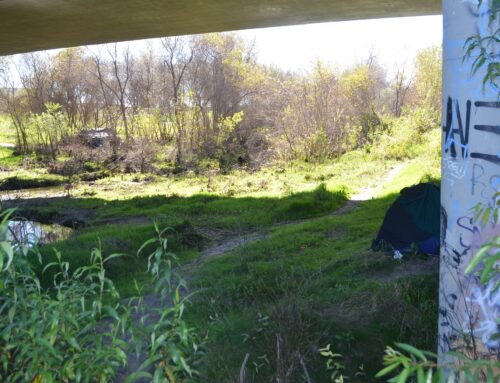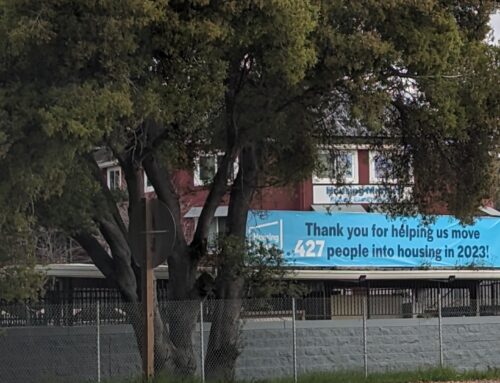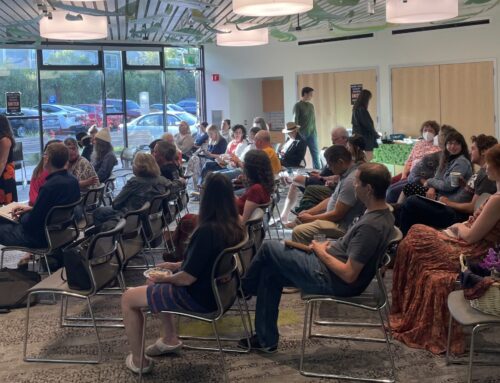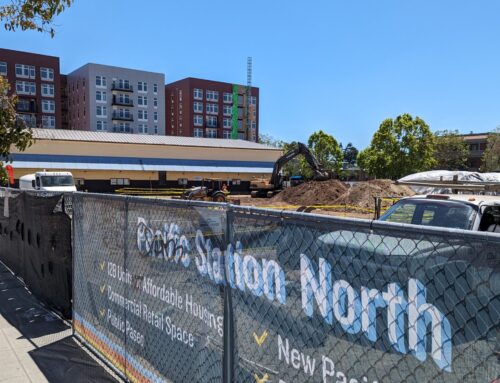Santa Cruz Local offers its news stories free as a public service.
We depend on people like you — we call them our Santa Cruz Local members — to chip in $9 a month or $99 a year to make sure vital information can be available to all. Can we count on your help?
SANTA CRUZ >> The Santa Cruz City Council on Tuesday advanced plans to create “objective design standards,” which are among the few ways that leaders in California cities can respond to residents’ concerns about high-density housing proposals. The new design standards could be in place by early 2022.
Objective design standards are rules that would apply to housing projects denser than a single family home anywhere in the city. These are measurable standards for things like building materials, setbacks, floor ratios and heights.
To help address the state’s housing shortage, a recent state law called SB 330 limits cities from using subjective standards to evaluate housing proposals. For example, a city council cannot require fewer units in a project because the council says the project doesn’t fit neighborhood aesthetics.
The law encourages cities to create objective design standards because councils have to point to a specific objective design standard to reduce housing units in a project. The state law doesn’t get rid of subjective standards, but it prevents cities from using subjective standards to reduce housing units in a project.
Tuesday, the Santa Cruz City Council unanimously reaffirmed a process already underway to use community input to create objective design standards. The first community workshop to get input on these standards is 7 p.m. Thursday, March 11 on Zoom. A similar workshop will be held in Spanish 7 p.m. Wednesday March 24.
The council’s vote on Tuesday delayed any changes to the city’s General Plan until the completion of objective standards, expected in November. The previous city council in 2019 showed interest in changing the city’s zoning and General Plan to reduce planned housing density on the Eastside. In January, the city’s planning commission unanimously recommended against a General Plan change until the design standards are in place.
City staff aim to hear from residents that are not often heard by local government, including the Latino, Black and LGBTQ communities. City staff plan to raffle gift cards to encourage more residents to participate in focus groups and community engagement.
The community process will include an aim to inform residents about systemic racism intertwined with the history of zoning.
Eastside residents
During public comment Tuesday, a dozen people spoke, most of them Eastside residents concerned about a proposed development at 831 Water St.
A preliminary application from Walnut Creek-based developer Novin Development is close to completion, according to city staff. The standards in place when the application is complete will be the standards applicable to the project, according to state law.
“At this point in time, we do not have a lot of tools available to us” to address community concerns about proposed development, said city senior planner Sarah Neuse. Preliminary plans for 831 Water St. call for a five-story, 151-unit apartment complex to replace the strip mall that has DJ’s Mini Mart and a car wash. About 77 units would be deed restricted as affordable, based on area median income.
Santa Cruz resident Sue Terence said the city is in a “never never land” until objective standards are in place, echoing a term Santa Cruz Planning Commission chairman Andy Schiffrin used in January to describe the city’s limited options.
“Our neighborhood is in favor of development, affordable development,” Terence said, regarding the 831 Water development. “We would support 100% affordable units here. But these are units that are 342 square feet. We don’t really believe that it will serve the workforce.”
Of the 151 units proposed, 102 are studios from 338 to 400 square feet.
Neuse added that state density bonus law allows developers to plan for more height and units than allowed by zoning, in exchange for more affordability. The developer of the 831 Water St. project has asked for more height to accommodate density bonus units.
“Our discretion around those projects is extremely limited,” Neuse said.
Some residents asked the council to pursue “spot” changes to zoning or the General Plan — essentially, changes that would allow for a reduction in planned housing density along Soquel Avenue and Water Street, mostly between North Branciforte Avenue and Morrissey Boulevard.
Neuse said those kinds of changes would likely take 12 to 18 months due to required environmental review. The objective design standards process would be faster, she said.
Mayor Donna Meyers asked whether the objective design standard process could focus first on the controversial areas on the Eastside, in response to residents’ concerns.
Neuse said, “I don’t know how we would do that with our current staff resources and work plan because it would essentially be taking this project and turning it into two simultaneous projects that have the same amount of work.”
Because the process is grant funded, the deadline is January 2022.
Santa Cruz Economic Development Strategy
In other news, the council unanimously approved a policy report that will guide the city’s post-pandemic economic recovery efforts in the next five years. The report was developed by Berkeley-based consultant Strategic Economics.
The 44 strategies listed in the report include:
- Give financial and technical assistance to small businesses
- Update zoning and land use rules in the Westside industrial, Harvey West and Seabright areas “to ensure a mix of manufacturing, research and development, and limited retail/restaurant/dining and office uses.”
- Encourage development of flexible office space downtown
- Explore temporary flexibility on payment mechanisms for hotel taxes
- Enhance signs and “gateways” to connect the wharf, the Santa Cruz Beach Boardwalk and downtown
- Encourage redevelopment of “lower-performing” hotel properties
- Update district-based parking for the Westside industrial area and downtown
- Develop streetscape and traffic calming measures for Eastside and Midtown
- Streamline permits for pop-up stores and restaurants in vacant storefronts
- Find ways to attract gyms, entertainment and games to ground-floor storefronts downtown. Support medical offices downtown except along Pacific Avenue and Cedar Street
- Work with UC Santa Cruz to provide more workforce housing for faculty and staff as part of UCSC’s Long Range Development Plan.
The report found that artisanal businesses such as food and beverage makers and wineries, as well as sports and outdoor recreational businesses, require light industrial spaces. Light industrial space has flexible uses, as opposed to heavy manufacturing space that is dedicated to one use.
The city has limited availability of light industrial spaces, the report found.
“It does seem like light industrial is a really important focus area for us as we move forward, and so I was really excited to see that kind of come out in the plan,” said Meyers.
Kara Meyberg Guzman is the CEO and co-founder of Santa Cruz Local. Prior to Santa Cruz Local, she served as the Santa Cruz Sentinel’s managing editor. She has a biology degree from Stanford University and lives in Santa Cruz.





